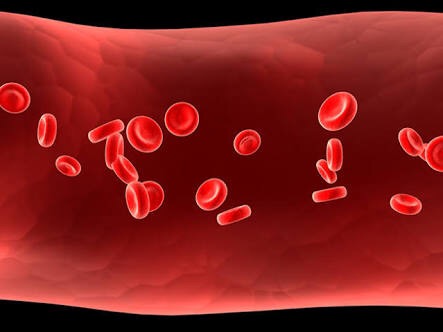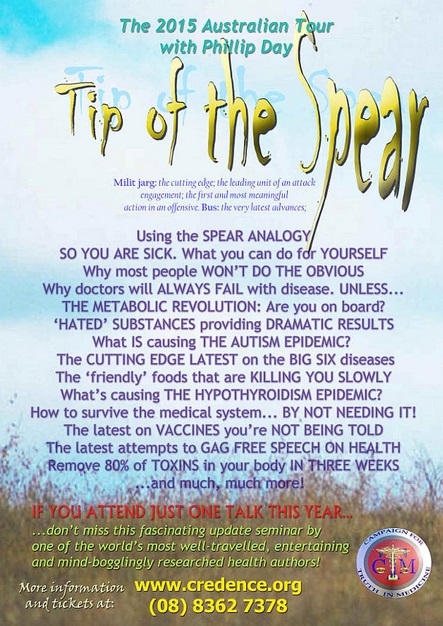New research on the long-term effects of removing tonsils and adenoids in childhood finds that the operations are associated with increased respiratory, infectious, and allergic diseases.
For many people, having their tonsils removed is a childhood rite of passage. The operation, known as a tonsillectomy, is the one of the most common pediatric surgeries performed worldwide, with more than 530,000 conducted on children under 15 annually in the US alone.
Usually performed to treat painful recurring tonsillitis and middle ear infection, a tonsillectomy often occurs alongside the removal of the adenoids, known as an adenoidectomy. Adenoid surgery is also performed to improve breathing when the airways are blocked.
“Because adenoids in particular shrink by adulthood, it was historically presumed that tissues like these were redundant in the body. But we now know that adenoids and tonsils are strategically positioned in the nose and throat respectively, in an arrangement known as Waldeyer’s ring. They act as a first line of defense, helping to recognize airborne pathogens like bacteria and viruses, and begin the immune response to clear them from the body.”
The new findings are important, the researchers say, to weigh alongside the already known short-term risks of surgery. The study, published in the JAMA Otolaryngology Head and Neck Surgery, provides more evidence to support possible alternatives to surgery when possible.
Triple risk of upper respiratory trouble
The team analyzed a dataset from Denmark, one of the most complete in the world, comprising health records of 1,189,061 children born between 1979 and 1999, covering at least the first 10 years, and up to 30 years of their life.
Of the almost 1.2 million children, 17,460 had adenoidectomies, 11,830 tonsillectomy, and 31,377 had adenotonsillectomies, where both tonsils and adenoids removed.
Byars explains that the health of children who had these operations was then analyzed for diagnoses of 28 respiratory, infectious, and allergic diseases and compared to children who hadn’t had surgery, after ensuring all children had general good health.
“We calculated disease risk later in life depending on whether adenoids, tonsils, or both were removed in the first 9 years of life,” says Byars, who led the study with Stephen Stearns of Yale University and Jacobus Boomsma of the University of Copenhagen.
“This age was chosen because it captures when these surgeries are most commonly performed and also when tonsils and adenoids are most active in the body’s immune responses and development.”
“After adenoid removal, the relative risk for those who had the operation was found to increase four or five fold for inflammation of the middle ear.”
“Tonsillectomy was found to be associated with an almost tripled relative risk—the risk for those who had the operation compared to those who didn’t—for diseases of the upper respiratory tract. These included asthma, influenza, pneumonia, and chronic obstructive pulmonary disorder or COPD, the umbrella term for diseases like chronic bronchitis and emphysema.”
The absolute risk (which takes into account how common these diseases are in the community) was also substantially increased at 18.61 percent.
“The association of tonsillectomy with respiratory disease later in life may therefore be considerable for these people,” Byars adds.
The researchers found that adenoidectomy was linked with a more than doubled relative risk of COPD and a nearly doubled relative risk of upper respiratory tract diseases and conjunctivitis. The absolute risk was also almost doubled for upper respiratory diseases, but corresponded to a small increase for COPD, as this is a rarer condition in the community generally.
The team delved deeper into the statistics to reveal how many operations needed to be performed for an additional disease to occur than normal, known as the “number needed to treat” or NNT.
“For tonsillectomy, we found that only five people needed to have the operation to cause an extra upper respiratory disease to appear in one of those people,” Byars says.
Greater risk of ear infection
The team also analyzed conditions that these surgeries directly aimed to treat, and found mixed results.
“Adenoidectomy was associated with a significantly reduced risk for sleep disorders and all surgeries were associated with significantly reduced risk for tonsillitis and chronic tonsillitis, as these organs were now removed.”
“…our results support delaying tonsil and adenoid removal if possible, which could aid normal immune system development in childhood…”
However, there was no change in abnormal breathing up to the age of 30 for any surgery and no change in sinusitis after tonsillectomy or adenoidectomy.
“Following adenotonsillectomy, the relative risk for those who had the operation was found to increase four or five fold for otitis media (inflammation of the middle ear) and sinusitis also showed a significant increase.”
The study suggests that shorter-term benefits of these surgeries may not continue up to the age of 30 apart from the reduced risk for tonsillitis (for all surgeries) and sleep disorders (for adenoidectomy). Instead, the longer-term risks for abnormal breathing, sinusitis, and otitis media were either significantly higher after surgery or not significantly different.
Are tonsils the new appendix?
The researchers note that there will always be a need to remove tonsils and adenoids when disease is severe.
“But our results support delaying tonsil and adenoid removal if possible, which could aid normal immune system development in childhood and reduce the possible later-life disease risks we observed in our study,” Byars says.
“In 1870 Charles Darwin famously said that the appendix was a useless vestige of evolution, predicting it was too small to contribute to digestion in any meaningful way. We now know it also has an important function in the immune system, protecting against gut infections by encouraging the growth of good bacteria.”
As we uncover more about the function of immune tissues and the lifelong consequences of their removal especially during sensitive ages when the body is developing, this will help guide parents and doctors about what treatments they should use.
Source: University of Melbourne










